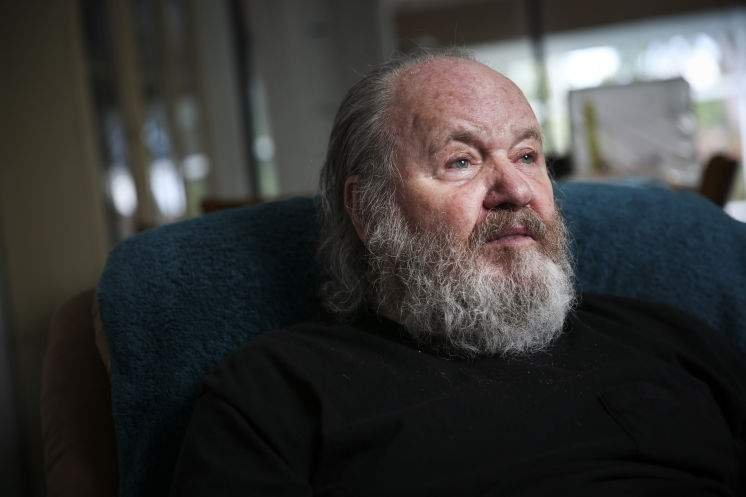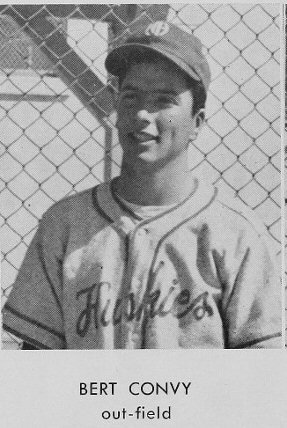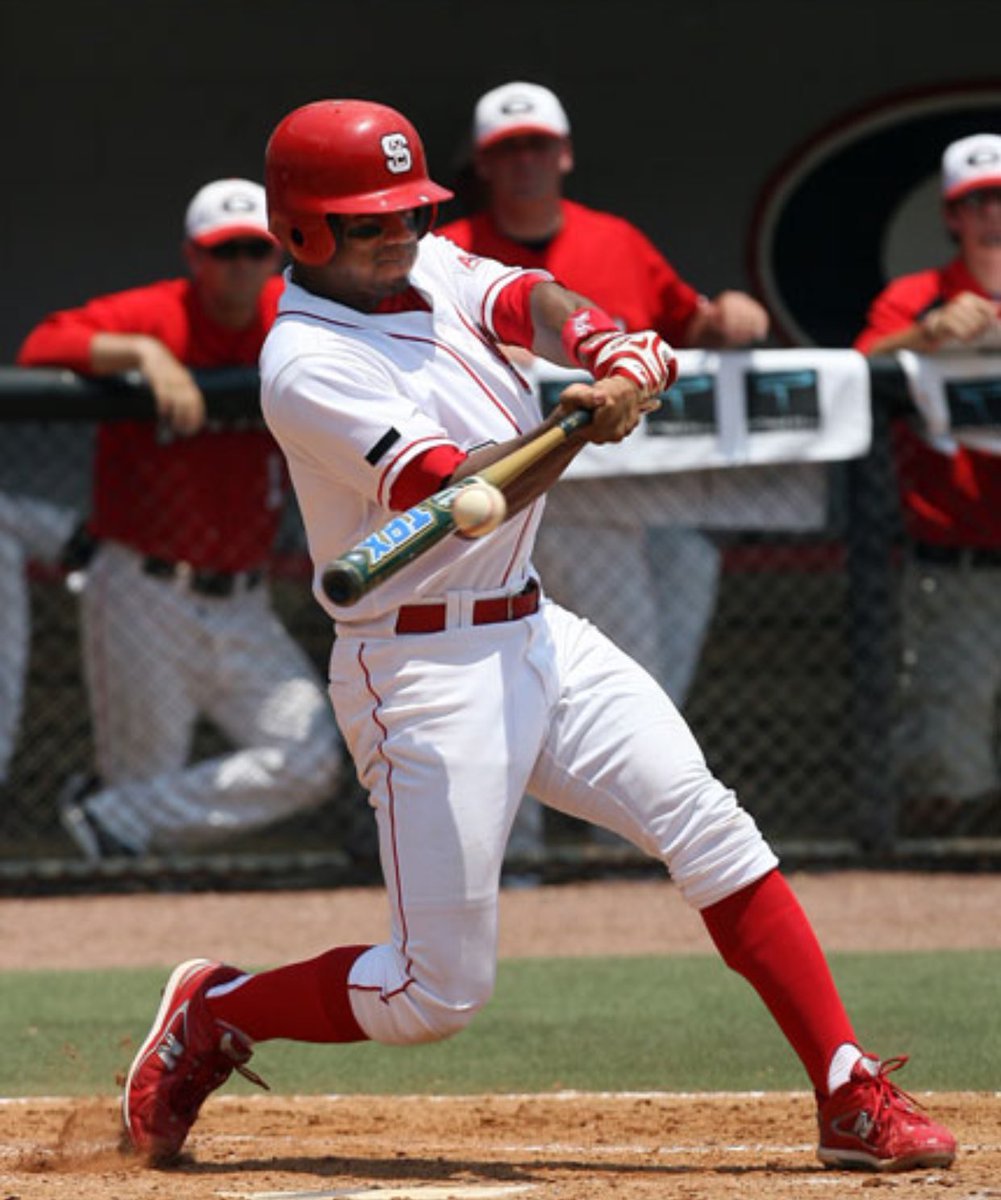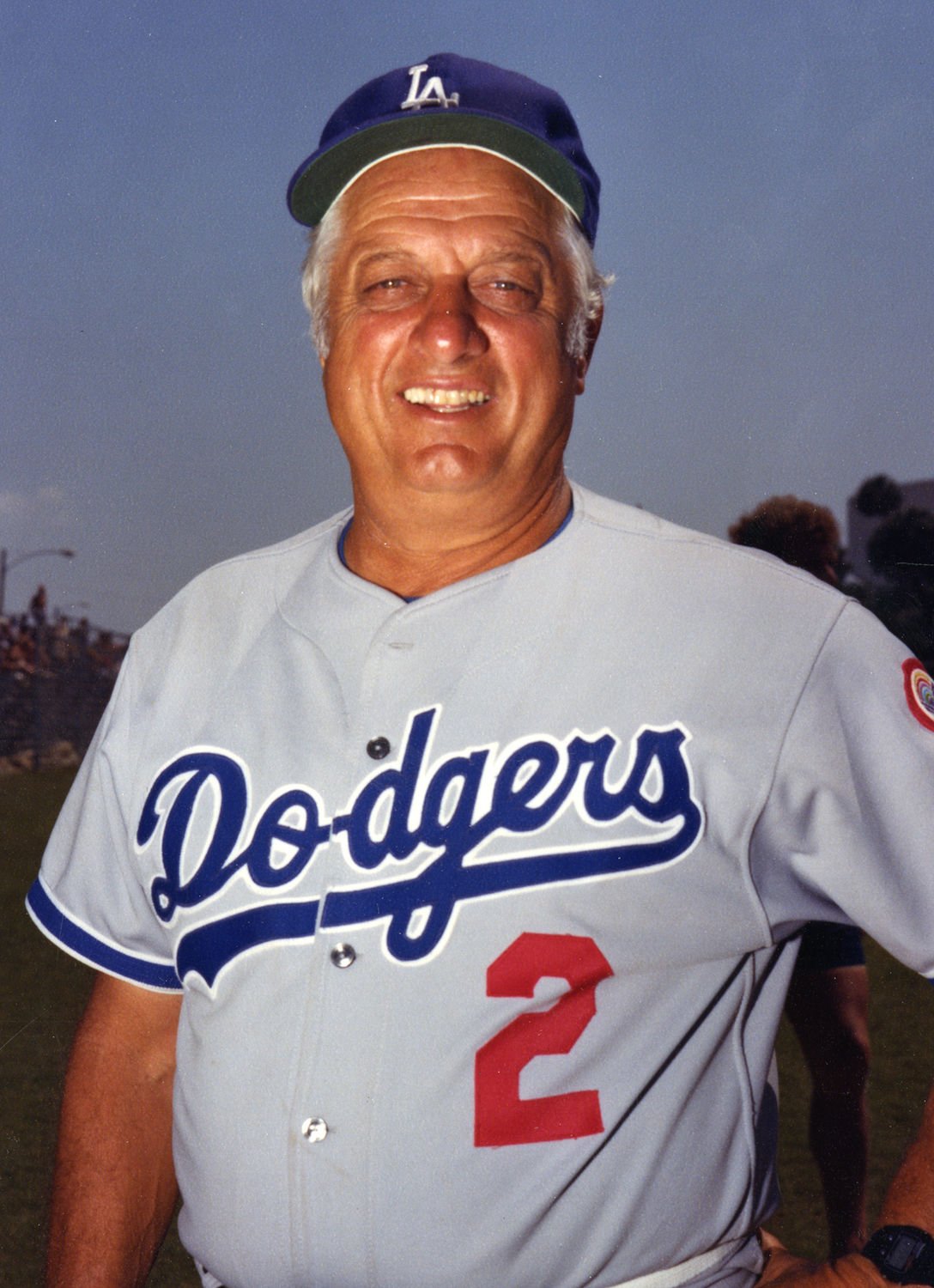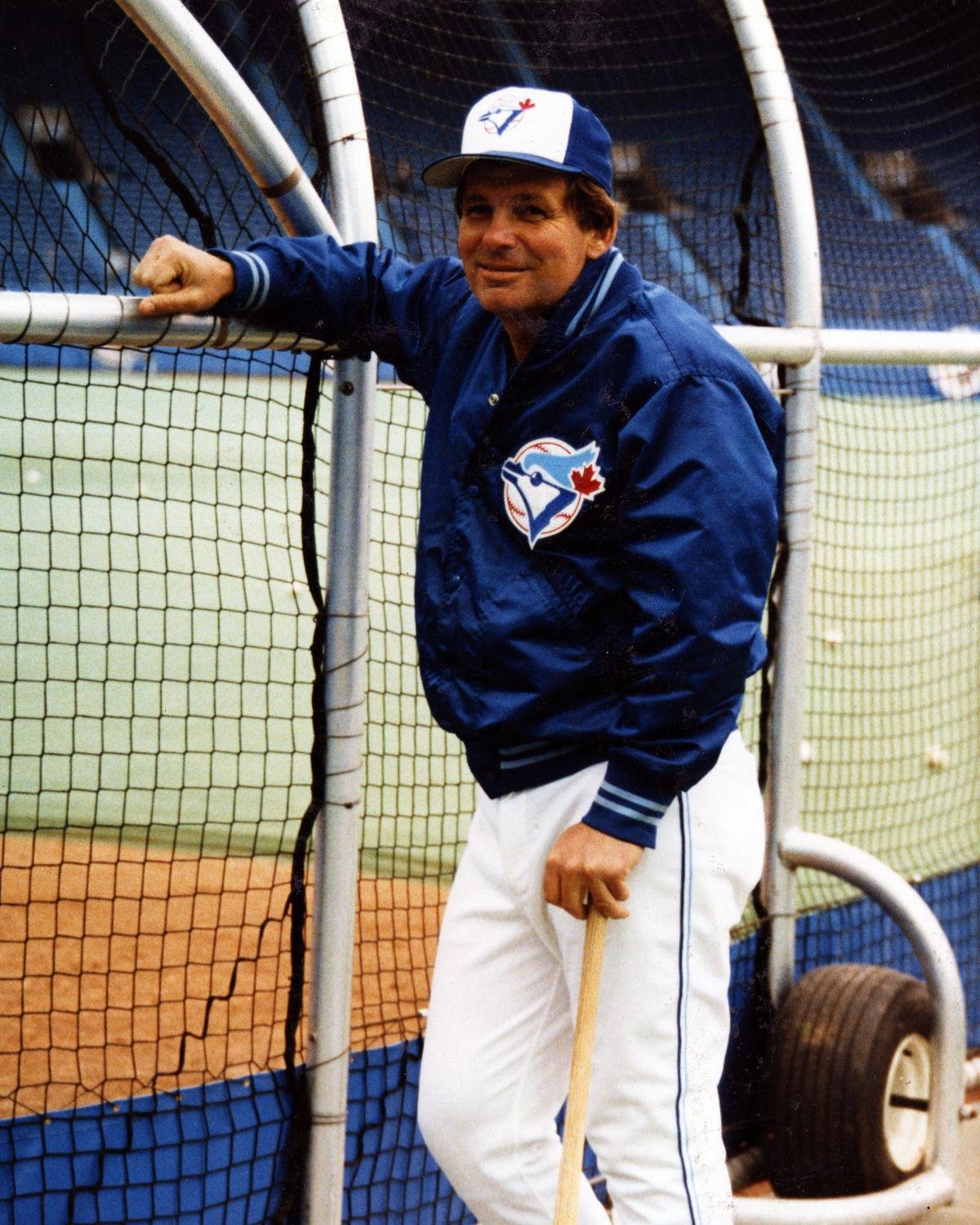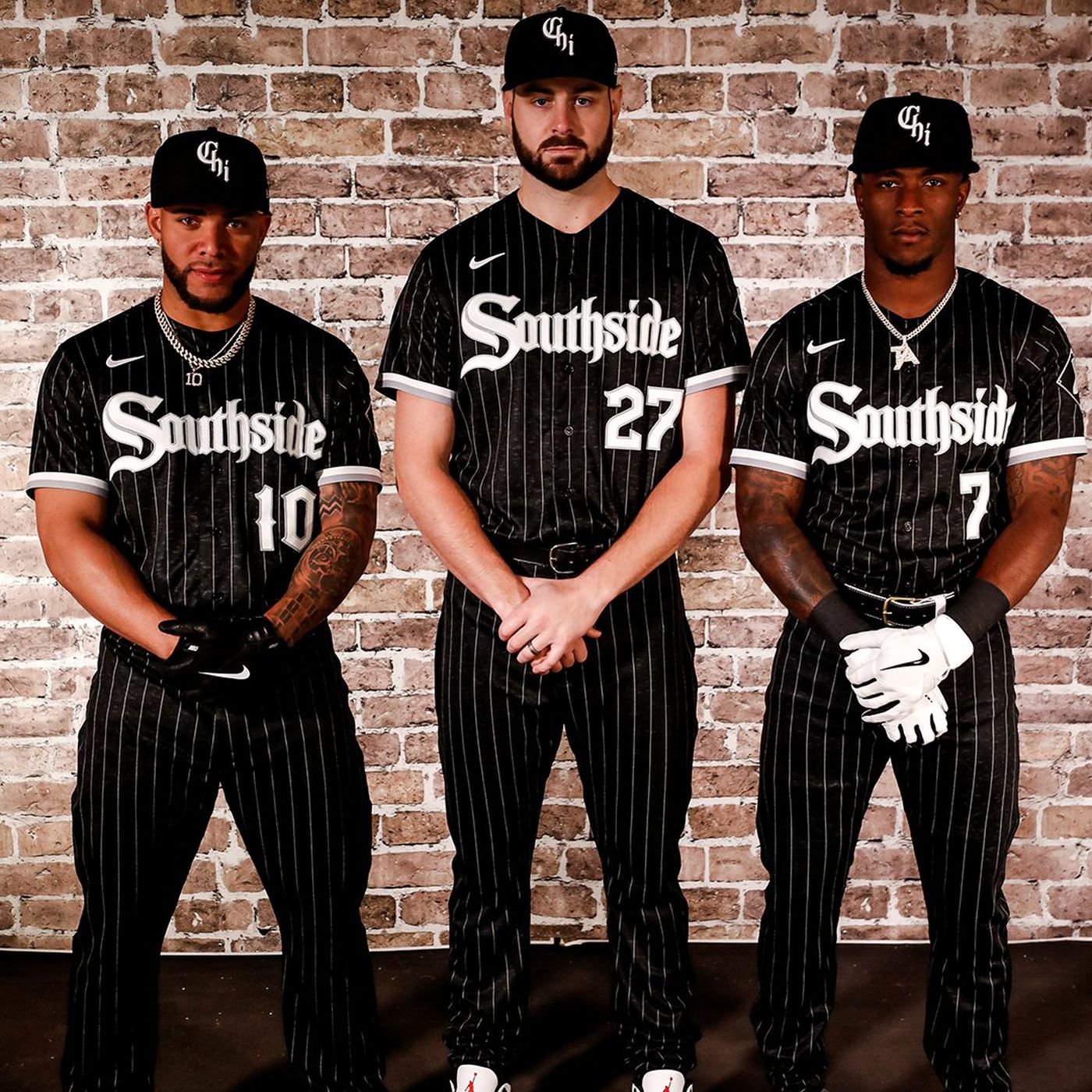In October of 2015, Matt Bush – a former first overall pick in the Major League Baseball Draft, was released from prison. At that point in time, he was considered to be one of if not the biggest and most disappointing draft bust in the history of the game. A string of poor decisions, alcohol abuse and severe anger issues destroyed his once promising career and he never made it above Double-A. But Matt Bush, against all odds, returned to professional baseball and as recently as the 2023 season, nearly 20 years after he was taken first overall, Bush was still continuing his career, with appearances in both Triple-A and the big leagues. Today, we’ll look back at the life and career of Matt Bush and answer the question – should he still be considered one of the biggest busts of all time – or should he be more associated with an incredible redemption story and unlikely success? This might be hard for many people to accept after hearing about some of his horrible crimes, but it’s an incredible story nonetheless.
Matt Bush was born on February 8th, 1986 in San Diego, California. Growing up, he played a variety of sports including baseball and soccer. Bush was a natural athlete and developed an extreme talent for baseball, learning to pitch and hit at a high level. He was a stand-out player at Mission Bay High School, where he pitched and played shortstop. He was a 5-tool player who had a particularly strong arm and played near flawless defense. He also hit .450 with 11 home runs and 35 RBIs. As a pitcher, he was lights out with a .74 ERA. Bush could hit mid-90’s regularly and had a deadly curveball. As the 2004 MLB Draft approached, he was one of the hottest names available, although he had committed to San Diego State.
His hometown team that he grew up following happened to have the first overall pick in 2004. There were other more seasoned players available, such as college players Justin Verlander, Jared Weaver and Stephen Drew. However, Drew and Weaver were represented by Scott Boras, and the Padres feared the demanded bonus would be too high. Verlander was one of the best college arms available and his bonus was expected to be north of $5 million. So, the Padres decided to save money and go for Bush, who signed for a $3.15 million bonus, saving the Padres a couple million dollars, but ultimately costing them much more than that in the long run.
Bush was drafted as a shortstop, the highest drafted since Alex Rodriguez. He was set to begin his professional career in Rookie Ball with the Arizona League Padres. But just one week after the draft, before he could even take the field, Bush was arrested in Peoria, Arizona for getting into a bar fight and allegedly biting a bouncer who was trying to escort him out of the establishment. Prosecutors decided not to file felony charges but Bush was suspended by the Padres. After returning, he was able to play in 29 rookie league games, but hit just .192 with zero home runs. In 2005 for the Single-A Fort Wayne Wizards, he continued to struggle, hitting .221 with 2 home runs in 453 at bats. He had a slugging percentage of just .276. In 2006, a broken ankle limited him to just 22 games.
At this point in time, it looked like Matt Bush was a clear bust – he had been arrested off the field and was not producing on the field. But, he still had an incredible arm and the Padres decided to try him out as a pitcher. In 2007, through 7 appearances, he dazzled, striking out 16 batters in 7 2/3rds inning with a 1.17 ERA, walking just 2. Unfortunately, he tore a ligament in his pitching arm and needed Tommy John surgery, sidelining him for all of 2008. It was during his recovery time when Bush got into another altercation off the field. Bush was accused of a drunk assault involving players of a High School Lacrosse team. A witness said that Bush threw a golf club, picked up and threw one of the players and hit the other, yelling “I’m Matt Fucking Bush!” He then drove his Mercedes over a curb, driving away from the campus. Articles were coming out calling him the worst #1 overall pick of all time. The Padres gave up on him and traded him to the Blue Jays for “future considerations.”
The Blue Jays put him on an immediate “zero tolerance” policy. He was sent to Dunedin, Florida, the home of the Blue Jays Spring Training facility and rookie league team. Just like with the Padres, before he even threw a pitch for the Jays organization, he found trouble off the field. At a party, some one drew markings on his face as a joke as he was passed out drunk. After awakening, he blamed a 23-year old woman and went into a rage, throwing a baseball just passed her head then banging on her car window and she tried to get away. The Blue Jays found out about the incident and immediately released him for “failing to comply with the team guidelines that were set out for him.” He missed the entire 2009 season, making it two full seasons he had not appeared in a professional baseball game.
Somehow, he got another opportunity in 2010 as the Tampa Bay Rays signed him to a Minor League Deal. He appeared in just 10 games in 2010 in Rookie League and High A, but still had a powerful arm, leading to 20 strikeouts in 13 innings. In 2011, finally completely healthy, he pitched in 26 games for the Double-A Montgomery Biscuits and averaged 13.8 strikeouts per 9 innings. He had some control issues, leading to a 4.83 ERA but the Rays saw enough to add him to the 40-man roster and planned to send him to Triple-A to begin the 2012 season. He would be given every opportunity to make his big league debut in 2012. That’s when his worst off-the-field incident occurred, effectively ending his professional baseball career.
During 2012 Spring Training, Matt Bush got behind the wheel of a Dodge Durango he borrowed from teammate, Brandon Guyer. Bush, driving with a suspended license, went on a drinking binge that led him to hit a pole in Sarasota. He kept driving anyway and sidewiped a car in Venice. He left the scene of that accident and headed back towards Port Charlotte. He was kicked out of an adult dance club for trying to climb up onto the stage. By this point he was completely wasted. Bush left the club in the Durango and was on a collision course with 72-year old Tony Tufano, who was riding his Harley Davidson after spending the day babysitting his granddaughter. According to a witness, Bush hit the motorcycle, knocking Tufano off, then just kept driving, running over his head with the back wheel. Tufano ended up in intensive care with life-threatening injuries. Without the helmet, he would have been killed instantly.
Tony Tufano
Matt Bush fled the scene and later claimed he thought he had run over the bike, not the man’s head. Tufano, who was a marathon runner, broke 10 of his 12 ribs on the right side and fractured 8 vertebrae. His right lung collapsed and his brain was bleeding. Somehow, he survived the crash. If he hadn’t, Matt Bush might still be in prison today. As it was, Bush was arrested on multiple DUI-related felonies and held in Charlotte County Jail on $440,000 bail. He was sentenced on a plea deal to 3 ½ years in prison with no probation afterwards. The Tufano family also sued Bush and Brandon Guyer $5 million. It was settled out of court for $200,000. It appeared that the professional baseball career of Matt Bush was over and he would now be known as the biggest first overall draft bust in the history of the game.
That is, until his name popped up again 3 years later in baseball news. He had apparently been released from prison and gotten a job at Golden Corral. It was there, in the Golden Corral parking lot in Jacksonville, Florida, where Matt Bush held a showcase for scouts of the Texas Rangers. His arm was still incredibly lively, but would the Rangers be willing to take a flyer on Bush after everything that had happened? Incredibly, the answer was yes and on December 18th, 2015, the Rangers signed him to a minor league deal. The Rangers GM Jon Daniels said, “Unlike some who have been accused of different crimes, or have had stuff happen in the past, Matt is not running or hiding from this. He has been extremely accountable, extremely remorseful.” Even Tufano showed support for Bush, saying he was happy to see Bush was getting back into baseball.
He was sent to Double-A Frisco and accompanied by his father who would supervise Bush and try to make sure he stayed out of trouble. In 12 appearances, he impressed, striking out 18 batters in 17 innings with a 2.65 ERA. The Rangers saw enough and called him up to the big leagues and about 12 years after being drafted first overall, Matt Bush made his big league debut, retiring the heart of the Blue Jays lineup to finish the game. A couple days later, there was a major fight in the Rangers Blue Jays game, but Matt Bush was not involved – it was the famous Roughned Odor vs Jose Bautista fight that led to a bench clearing brawl. Bush made 58 appearances for the 2016 Texas Rangers and went 7-2 with a 2.48 ERA and one save. He stayed out of trouble off the field and continued to pitch well out of the bullpen for Texas in 2017, striking out 58 batters in 52.1 innings, this time picking up 10 saves. Over the next few years, he struggled with injury issues and had to have a second Tommy John surgery, but Bush stayed out of trouble and pitched well enough to keep a roster spot, although he did have to pitch in Triple-A at times.
In 2022, he was having a great season with a 2.95 ERA through 40 appearances, striking out 11 batters per 9 when he was traded to the Brewers, where had a 4.3 ERA. In 2023, the Brewers released him after a rough start to the year and he returned to the Rangers organization, assigned to the Triple-A Round Rock Express. In 9 games there, he had a 2.13 ERA with 16 strikeouts and 2 saves. Bush had successfully quit his drinking habit and had no off-the-field issues since his release from prison, although his anger issues might not be completely resolved.
On September 30th, 2023, the Rangers selected Bush’s contract and added him to the MLB Roster. He became a free agent after the season. As of now, Matt Bush has appeared in 217 big league games and has 227 strikeouts in 211 innings. For some one drafted nearly 20 years ago, the fact that he’s still active and contributing as an MLB pitcher makes it hard to call him a complete bust, unless of course you’re a Padres fan. Similar to Josh Hamilton, there’s no telling what kind of career Bush could have had if he had not had off-the-field issues, but all the signs indicate he could’ve been an elite relief pitcher had he not spent 3 years locked up, not to mention all the time missed due to suspensions. The good news is after serving his time, Bush has quit drinking and from all appearances, is nothing like the young knucklehead who yelled “I’m Matt Fucking Bush!” and drove away from the scene of a horrible accident in which a man was almost killed. So, for me, although the bust label certainly fits as a #1 overall pick with just a 1.7 career WAR, I look at Matt Bush more of a redemption story than a bust. That’s why I decided to leave him off of my upcoming Top 15 Busts of the 2000’s video – after all, he’s not even retired yet. From the entire 2004 First Round, only Bush and Justin Verlander remain active. That’s a pretty good accomplishment for some one whose career was considered completely over 10 years ago.





